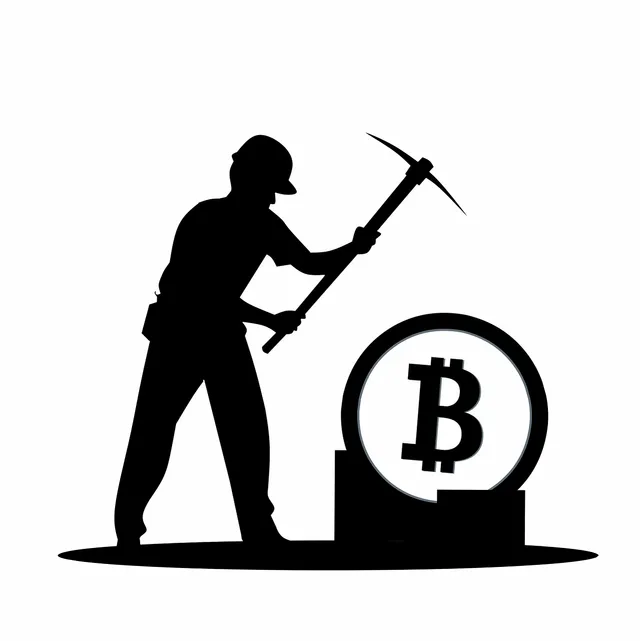Bitcoin Mining Difficulty
Assalamu Alaikum
How are you? By Allah's grace, I'm doing very well.
What is Bitcoin mining difficulty?
Difficulty refers to "how hard" it is to find or "mine" a Bitcoin block, as miners have to solve a complex mathematical problem (called Proof-of-Work) to add each block to the Bitcoin blockchain.
The difficulty level is changed to ensure that the solution to this problem is neither too easy nor too difficult.
Who controls it?
- It is automatically controlled by the Bitcoin protocol.
- The Bitcoin network automatically adjusts the difficulty every 2,016 blocks (approximately once every 14 days).
Why does difficulty increase/decrease?
Bitcoin's goal :
Each block should be mined in 10 minutes. If it's faster, it means more miners have arrived or the hash power has increased. Then the system automatically increases the difficulty so that it takes another 10 minutes. If it takes longer to get a block, it reduces the difficulty so that the speed returns.
Let's explain with an example :
Suppose you and your brother are playing a game together — you have 10 minutes to solve a puzzle. Suddenly, 100 people come and say, "We'll play too!" Then the puzzle is solved in 1 minute. So the gamemaster (Bitcoin Network) makes the puzzle harder. And if everyone leaves, only 5 players remain — then it takes 20 minutes to solve the puzzle and then the gamemaster makes the puzzle easier.
Relationship between Hash Rate and Difficulty :
Hash Rate Difficulty Results
- Block time increases and stays the same
- Block time decreases and stays the same
Hash Rate is the total computing power that is working on Bitcoin mining.
What happens when difficulty increases?
Mining becomes harder
Profits decrease if the price does not increase
Weak miners leave
Big miners survive
What if the difficulty decreases?
New miners return
Profit increases relative to electricity costs
Blocks become easier to find
Fun fact :
🔹 In 2009, the difficulty was: 1
🔹 In 2025 (currently): about 80 trillion!
🔹 The reason? The hash rate is now millions of gigahashes/second
Brief recap :
| Topic | Explanation |
|---|---|
| What | The complexity of the mathematical problem of finding a Bitcoin block |
| Who | Is the Bitcoin protocol automatically correct |
| When does it change | Every 2016 blocks (about once every 14 days) |
| When does it increase | If there are more miners or blocks are found faster |
| When does it decrease | If there are fewer miners or it takes longer to find a block |
| Effect | On profit, cost, number of miners, etc. |
I hope I have been able to explain to you well about the difficulty of Bitcoin mining, Today's discussion concludes here. I hope you've found it interesting. Please share your thoughts on today's topic. Prayers for everyone. May everyone be well. Amen.
Me behind the camera and keyboard
📷 I capture time from behind a lens, where every image is a feeling from my eyes. 🎮 I get lost in a virtual world in front of a screen, where every game is a reflection of my mind. 🎬 Every scene in a movie tells me a story, and I analyze those stories with my heart. ₿ Crypto's fluctuations are not limited to numbers—each chart is a step on the path of my curiosity. ❤️ This is me—who loves to tell stories, creates content with feeling. I find myself in every work I do.
My Social Contact :



Twitter
https://x.com/BokhtiarMr90788/status/1952342345288180156?t=20idAtKdLzQ09YvTkcOKTA&s=19
https://x.com/PussFi_FNDN/status/1952287636858798275?t=20idAtKdLzQ09YvTkcOKTA&s=19
https://x.com/BokhtiarMr90788/status/1952342495423275228?t=20idAtKdLzQ09YvTkcOKTA&s=19
https://coinmarketcap.com/community/post/366454627
Bitcoin Mining Difficulty is a great post you have shared.